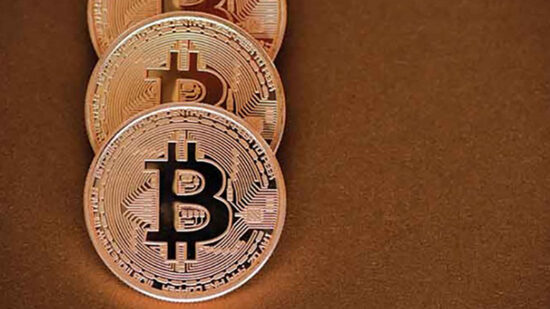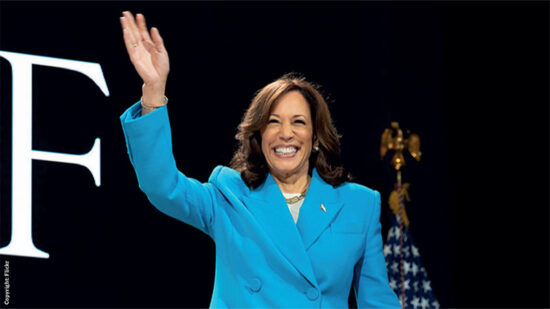“In a rising rate environment you need to be holding tangible assets rather than normal, therefore equities are the asset class of choice,” said Doran, highlighting hedged Japanese exposure as his favoured play.
“In our bond funds we are in really defensive mode – short on duration and long on credit, while taking liquidity risk.”
Kilpatrick is also defensively positioned, having de-risked his portfolios through March and April by paring back his equities exposure into absolute return and cash.
“Within fixed income as a whole we continue to prefer corporate credit to government bonds,” said Mark Burgess, Columbia Threadneedle Investments CIO for EMEA.
But while Burgess prefers credit to sovereign debt – which he is underweight – he is also wary of Pan European credit spreads, which he has trimmed along with his UK investment grade exposure.
He explained: “Given growing illiquidity risks and deteriorating fundamental creditworthiness, there is a prospective risk that investors who might be taking interest rate risk through the medium of corporate bonds may choose to exit credit now that the Fed appears to be moving away from its highly accommodative policy stance.”
In addition to gilts and US treasuries, Parker favours medium-term currency plays, which he believes are poised to capitalise on the dollar’s strong run coming to an end.
“We feel there could be more value in the FX markets over the medium term,” he said. “In line with our expectations of a more gradual, data-dependent policy path, we even foresee a period of time where these major central banks could potentially pause tightening midway through the cycle.
“In this scenario, I would expect the benefits of a long US dollar strategy to dissipate. In turn this may provide an opportunity to build positions in currencies which have suffered of late due to falling commodities, and that could suffer more over the near-term as their central bank’s policy has diverged from that of the Fed.”
So it seems that investors are happy with how much transparency they have seen from the central banks regarding the rate rise, and subsequently – barring the unexpected – are largely relaxed in their positioning.
That said, ‘barring the unexpected’ is exactly the point.








